On Tuesday, May 3rd, President and Managing Director at Eventus Neil Reithinger participated in the “Accounting: Best Practices” panel at the Planet Microcap Showcase. Here are the key takeaways from what was discussed:
– Companies considering an IPO or reverse merger should ensure that they have a strong understanding of the corporate structure. Get to the bottom of how many entities there are, where they are located and what is the ownership. Also, look into the financing history and find out if there are any debt-related transactions that could affect equity.
– The best practices essential to support a company’s reporting process and a financial advisor’s interaction with the auditors are: 1) Leadership. Every part of a company needs strong leadership, whether that’s in marketing, sales, strategic development, etc. 2) Being predictive. It’s the responsibility of any financial consultant to predict what they need to do ahead of time. 3) Preparedness in every fashion. A sound monthly closed process leads to a sound quarterly closed process.
– The difference between an emerging growth company and a smaller reporting company: Most companies going public start out being both an emerging growth company and a smaller reporting company. To be an EGC, there needs to be less than $1 billion in annual revenue. A smaller reporting company is defined by having a public float of less than $250 million. One big difference is that an EGC is allowed to defer the adoption of the accounting standards to be similar to the adoption by private companies.
– Definition of a SPAC: A SPAC is a special purpose acquisition company. It is organized by a sponsor who creates a blank check company and raises capital through an IPO. Raises can vary in size dramatically, anywhere from $50 million to $4 billion. Once that IPO closes, the SPAC searches for a target. Once it has identified a target and evaluates whether its business plan meets what the SPAC’s shareholders would be looking for, it then negotiates the terms of the merger. The last phase is called the “de-SPAC” phase which is the actual merger transaction itself. The closing of the merger requires a shareholder vote and also the opportunity for those SPAC shareholders to redeem the shares. A shareholder can vote for a transaction and at the same time redeem their shares.
Participating in the panel were Corey Fischer, Managing Partner at Weinberg and Company; David Grossman, Assurance Partner at Marcum LLP; Neil Reithinger, President and Managing Director at Eventus; and Ro Sokhi, Audit Partner at Friedman LLP.